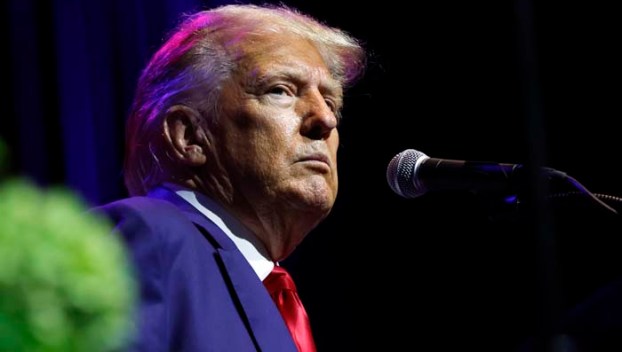
News
Trump is indicted in Georgia over 2020 election meddling, the 4th criminal case against him
Donald Trump and several allies were indicted in Georgia on Monday, accused of scheming to illegally overturn his ... Read more

Donald Trump and several allies were indicted in Georgia on Monday, accused of scheming to illegally overturn his ... Read more
Carl Sandburg’s hog butcher, wheat stacker, city of the big shoulders — was once America’s candy capital, catering ... Read more

DONALSONVILLE- Featherfield Farms, a pristine and picturesque property renowned for its bountiful wildlife and ecological significance, has been ... Read more
Dear Editor: Thomasville “announces” property tax update(?) read the headlines in the Times Enterprise dated Wednesday August 2, ... Read more
Half the country has no idea why the front page of Thursday’s New York Post was so hilarious. ... Read more

ATLANTA — When elected to the labor commissioner role in November 2022, Bruce Thompson said he was aware ... Read more

Greta Gerwig should be feeling closer to fine these days. In just three weeks in theaters, “Barbie” is ... Read more

ATLANTA — Solutions to issues plaguing Georgia’s foster care system were among the top areas of concern for ... Read more

THOMASVILLE- The Thomas County Public Library System welcomed their new director Derek Kolb this past week. A native ... Read more
WASHINGTON- As people around the globe recognize World Breastfeeding Week and the U.S. honors National Breastfeeding Month, the ... Read more